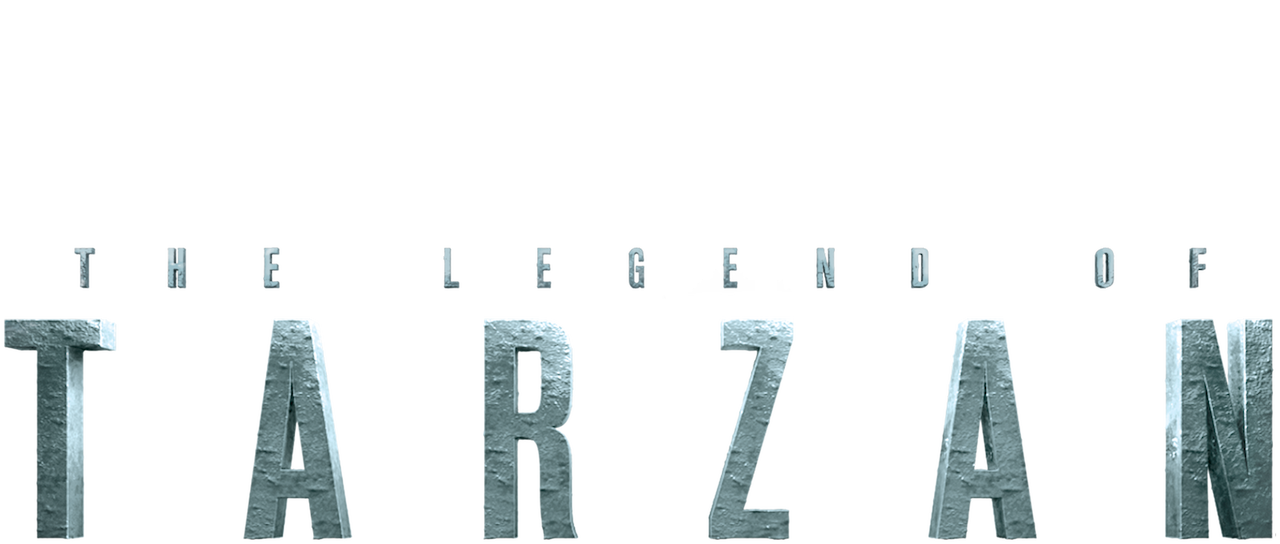


The Mangani are the great-apes in the language of Burroughs' books. One last thing: "The Victory Cry of the Bull Ape" as given here sounds strange to our ears (we're more used to Weismuller's version)but,Īgain, as one who was a fan of the books long before she saw ANY of the movies) I can tell you that Tarzan is NOT saying "Im a monkey" as an earlier reviewer thought. This film, incidentally, is the 1938 sequel to THE NEW ADVENTURES OF TARZAN from 1935.Ībout the footage of African animals.this practice was common back in the day.most audiences never even noticed.they expected "exotic animals and locales" from adventure films and they got them. He must have since Burroughs used him twice. In fact, James Pierce, a former star football player, who plays Tarzan in the early shows and in the silent film TARZAN AND THE GOLDEN LION (1927) was married to his radio "Jane" who was Burroughs' daughter Joan.ĪNYWAY, Herman Brix did pretty well presenting the Apeman as Burroughs saw him.
Were to watch the legend of tarzan free series#
I would suggest that those wishing to watch these films first familiarize themselves with the radio series from 1931 through the 1934 season as Burroughs was connected with these as well. It worked, apparently, because the actors who followed Weismuller and Crabbe began to speak with increasing fluency.

As opposed to the inarticulate grunting dim-wit presented to us by Hollywood. This and "The New Adventures of Tarzan" present the Ape-Man to us as Burroughs saw him.


 0 kommentar(er)
0 kommentar(er)
